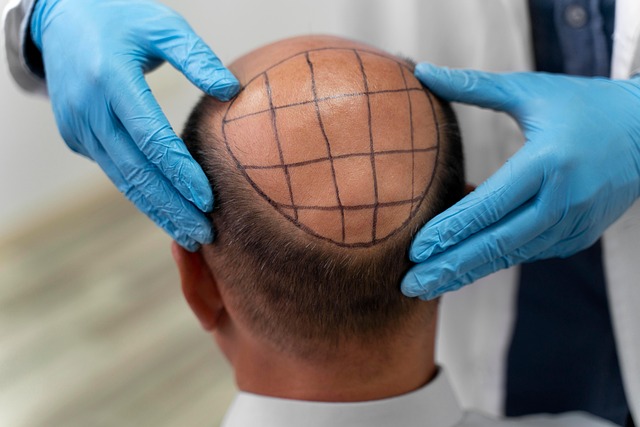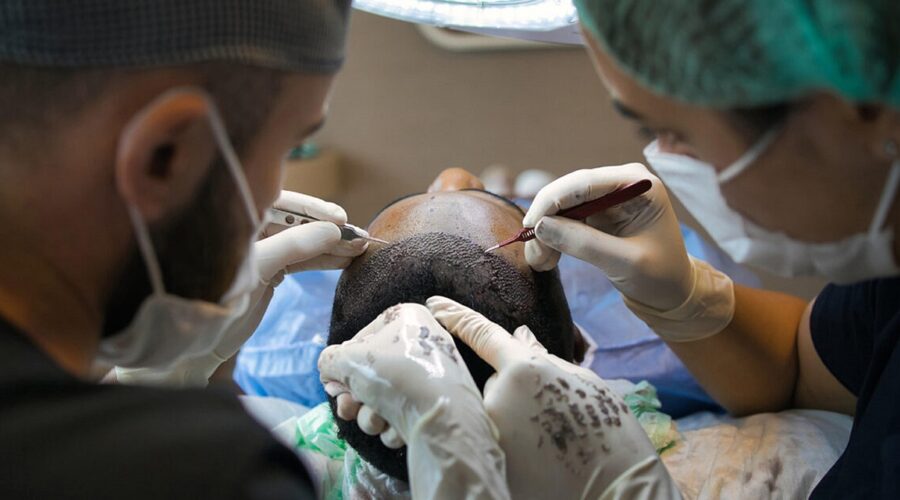Are you tired of watching your hairline recede or noticing more strands in the shower drain? Hair loss can be a frustrating journey, leaving many feeling self-conscious and searching for solutions. If you’ve considered a hair transplant but aren’t sure you’re the right candidate, you’re not alone. Understanding your suitability for this procedure is essential before taking the plunge. Let’s explore the top signs indicating you might just be an ideal candidate for a hair transplant. Embrace the possibility of regaining not only your hair but also your confidence!
Significant Hair Loss or Thinning
Significant hair loss or thinning is often the first sign that prompts individuals to seek a hair transplant. If you’ve noticed your once-thick mane transforming into sparse strands, consider your options. Hair loss can stem from various factors, including genetics, stress, and hormonal changes. When this thinning becomes noticeable to yourself and others, it can significantly impact your self-esteem Traditional remedies no longer yield results for many people experiencing substantial hair loss. Styling tricks may temporarily mask the issue but don’t address the root cause.
Sufficient Donor Hair Availability
One crucial factor when considering a hair transplant is the availability of donor hair. Donor hair refers to hair follicles taken from areas on your scalp where hair is still healthy and dense. Having sufficient donor hair is essential for a successful procedure. Ample growth in these regions increases the chances of natural-looking results post-surgery. Doctors typically assess this during consultations. They’ll examine your scalp’s thickness and density to determine how much can be harvested without compromising your existing hair. Many people are surprised by how much donor supply they possess. It’s common for individuals with thinning locks to discover more options than anticipated.

Stable Hair Loss Pattern
A stable hair loss pattern indicates that you may be a good candidate for a hair transplant. This means your hair thinning or loss has reached a plateau rather than continuing to worsen unpredictably. Observing this stability allows doctors to determine the most effective treatment plan tailored to your needs. When patterns are consistent, predicting future growth areas and designing the transplant accordingly becomes easier. For instance, if you notice that your receding hairline hasn’t changed significantly in several months or years, this is promising. It suggests that further loss is less likely, allowing for more precise placement of grafts during the procedure.
Good Overall Health
Good overall health is vital in determining your candidacy for a hair transplant. Your body’s ability to heal and regenerate after the procedure is crucial. Surgeons prefer physically fit patients with no underlying conditions that could complicate healing. Conditions like diabetes or heart disease might pose risks during the recovery phase. Additionally, maintaining a balanced diet contributes significantly to the outcome of your surgery. Nutrient-rich foods support hair growth and enhance skin recovery around graft sites. Hydration also matters—drinking enough water can improve circulation, ensuring nutrients reach your scalp effectively.
Realistic Expectations
When considering a hair transplant, having realistic expectations is crucial. Many people envision a full head of hair overnight, but the process requires time and patience. Results develop gradually as the transplanted follicles begin to grow. Understanding your hair type and loss pattern is important in setting achievable goals. Given your unique circumstances, a skilled surgeon will guide you through what’s possible. It’s also wise to remember that while many experience positive outcomes, results can vary from person to person. Your lifestyle, age, and genetic factors all contribute significantly. Open communication with your healthcare provider helps align your dreams with reality. They can paint a clearer picture of recovery and how long it typically takes for optimal results.
Conclusion
Deciding to undergo a hair transplant is a significant choice. Recognizing the signs that indicate you’re a good candidate can empower you to make an informed decision. If you’re experiencing noticeable hair loss, have adequate donor hair, and enjoy stable thinning patterns, your chances for success are higher. Being in good health also plays a critical role in recovery and results. Having realistic expectations about what the procedure can achieve will set you on the right path towards





